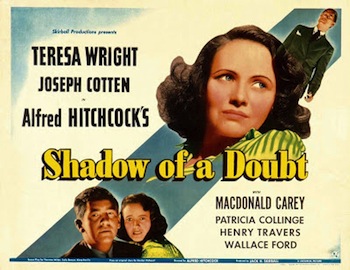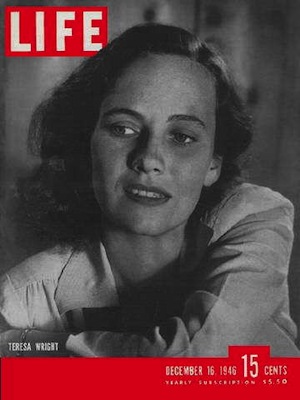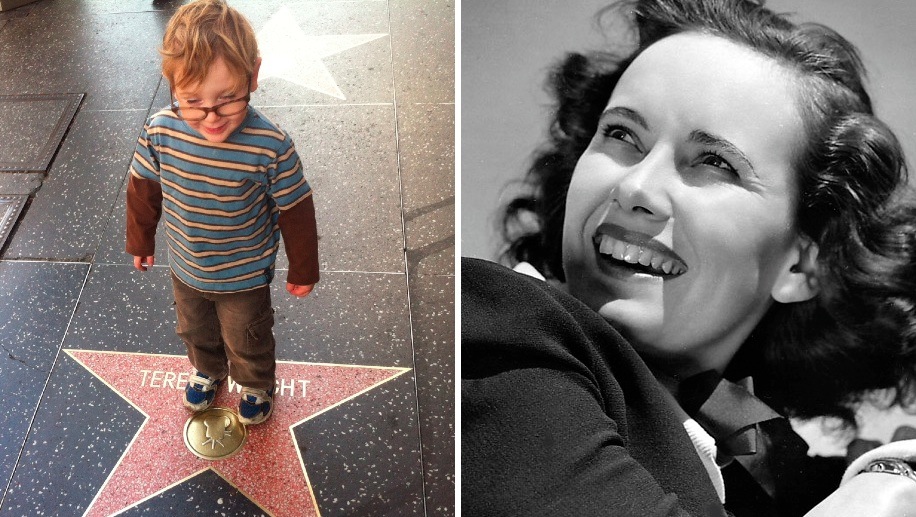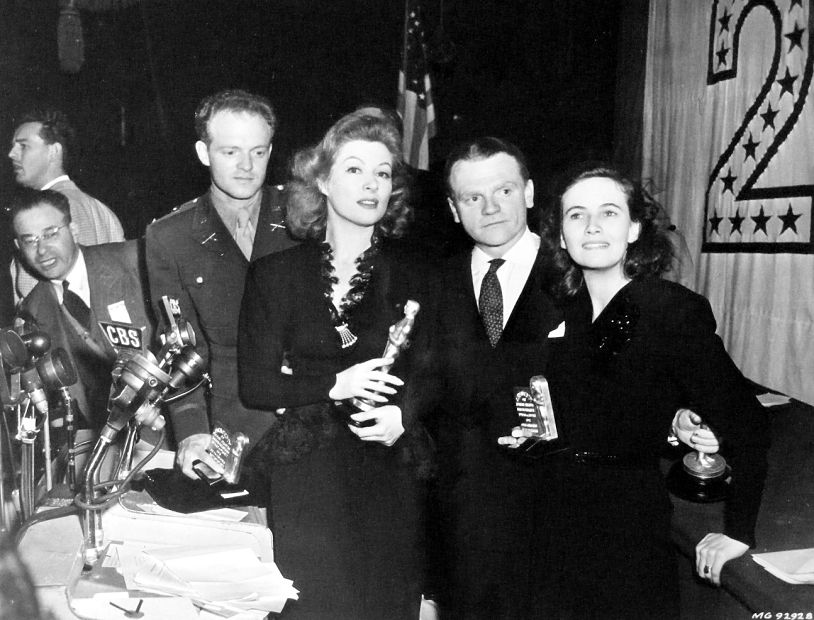 A weekly feature in which my four-year-old son is let loose on the Hollywood Walk of Fame, one of the most popular tourist attractions in Los Angeles, and chooses a star from among the more than 2,500 honorees. His “random” picks sometimes reveal unexplained connections such as the summer day in 2012 when he sat down on the star of actress Celeste Holm and refused to budge. We later learned that the Oscar-winning actress had died only hours earlier.
A weekly feature in which my four-year-old son is let loose on the Hollywood Walk of Fame, one of the most popular tourist attractions in Los Angeles, and chooses a star from among the more than 2,500 honorees. His “random” picks sometimes reveal unexplained connections such as the summer day in 2012 when he sat down on the star of actress Celeste Holm and refused to budge. We later learned that the Oscar-winning actress had died only hours earlier.
Some days on the Hollywood Walk of Fame, Charlie is a bit hesitant, trying out one star before quickly moving to the next. He usually asks me to say each name out loud as we’re stepping over them, a practice that makes tourists stare and causes me to go hoarse when we’re covering lots of ground. Some toddlers love Dr. Seuss, but my son’s ABCs sound more like June Allyson, John Barrymore, Eddie Cantor, Doris Day, and so on. But this morning Charlie didn’t hesitate at all — he seemed to know exactly where he was going when he landed on the star of lovely Oscar-winning actress Teresa Wright.
 Wright, born on October 27, 1918, is a favorite in our home — we recently watched her in Alfred Hitchcock’s psychological thriller Shadow of a Doubt in which she plays the adoring niece of Joseph Cotton. It’s a wonderful film, one that Hitchcock often cited as his favorite, shot on location in Santa Rosa, California. Hitchcock perfectly establishes the wholesome ambiance of small-town America and then masterfully turns everything upside down as we see Wright’s character beginning to suspect that her beloved uncle is actually a serial killer. Despite her limited experience in front of the camera, Hitchcock remarked that he thought Wright was one of the most intelligent actresses he’d ever worked with.
Wright, born on October 27, 1918, is a favorite in our home — we recently watched her in Alfred Hitchcock’s psychological thriller Shadow of a Doubt in which she plays the adoring niece of Joseph Cotton. It’s a wonderful film, one that Hitchcock often cited as his favorite, shot on location in Santa Rosa, California. Hitchcock perfectly establishes the wholesome ambiance of small-town America and then masterfully turns everything upside down as we see Wright’s character beginning to suspect that her beloved uncle is actually a serial killer. Despite her limited experience in front of the camera, Hitchcock remarked that he thought Wright was one of the most intelligent actresses he’d ever worked with.
Shadow of a Doubt was only Teresa Wright’s fourth film. In an impressive achievement that has never been repeated, the actress was nominated for Academy Awards for her first three pictures. Discovered by producer Samuel Goldwyn while appearing in the Broadway production of Life with Father, Wright was brought to Hollywood to play Bette Davis’ daughter in William Wyler’s film version of Lillian Hellman’s The Little Foxes. That debut performance received an Oscar nomination for Best Supporting Actress. She next appeared as Lou Gehrig’s wife opposite Gary Cooper in Pride of the Yankees for which she received a Best Actress nomination. Later that year, Wright co-starred in another favorite of ours, Wyler’s war-time drama Mrs. Miniver with Greer Garson and Walter Pidgeon. With a Best Supporting Actress nomination for that picture, Wright became one of a small group to be nominated for two Academy Awards in the same year. Mrs. Miniver was the favorite at the awards ceremony — in addition to wins for Best Picture and Best Director, Greer Garson and Teresa Wright both received Oscars for their work on the film.
Here she is clutching her award at the ceremony, which was held at the Ambassador Hotel in Los Angeles on March 4, 1943. Wright is standing with Garson, Best Actor winner James Cagney (for Yankee Doodle Dandy) and Best Supporting Actor winner Van Heflin (for Johnny Eager). Teresa was only 24 years old. Garson’s long-winded acceptance speech that night is now a part of Oscar lore. While many have exaggerated the length of the British star’s words to more than 20 minutes, it actually clocked in at just under six — still long enough to make the Academy enact a strict time limit on acceptance speeches ever since!
 Sadly, Wright never repeated the success of her first films in her later career. She didn’t have much patience with the star-building nonsense of the studio system and had clauses added to her contract that forbade them from forcing her to do cheesecake publicity shots (including posing for photographs in a bathing suit unless she is in the water, wearing a bunny cap with long ears for Easter, or looking insinuatingly at a turkey for Thanksgiving). She reteamed with William Wyler for The Best Years of Our Lives which won the Best Picture Oscar in 1946, and also appeared in Fred Zinneman’s The Men (1950) opposite Marlon Brando (in his film debut) and George Cuckor’s The Actress (1953) with Spencer Tracy and Jean Simmons. After a public falling out with Sam Goldwyn resulted in him canceling her $5,000 a week contract, Wright issued the following statement:
Sadly, Wright never repeated the success of her first films in her later career. She didn’t have much patience with the star-building nonsense of the studio system and had clauses added to her contract that forbade them from forcing her to do cheesecake publicity shots (including posing for photographs in a bathing suit unless she is in the water, wearing a bunny cap with long ears for Easter, or looking insinuatingly at a turkey for Thanksgiving). She reteamed with William Wyler for The Best Years of Our Lives which won the Best Picture Oscar in 1946, and also appeared in Fred Zinneman’s The Men (1950) opposite Marlon Brando (in his film debut) and George Cuckor’s The Actress (1953) with Spencer Tracy and Jean Simmons. After a public falling out with Sam Goldwyn resulted in him canceling her $5,000 a week contract, Wright issued the following statement:
I accept Mr. Goldwyn’s termination of my contract without protest — in fact, with relief. The types of contracts standardized in the motion picture industry between players and producers are archaic in form and absurd in concept. I am determined never to set my name to another one … I have worked for Mr. Goldwyn seven years because I consider him a great producer, and he has paid me well, but in the future I shall gladly work for less if by doing so I can retain my hold upon the common decencies without which the most glorified job becomes intolerable.
Wright then moved into live television, winning acclaim for roles in TV versions of dramas such as The Miracle Worker and Miracle on 34th Street. She appeared in films less regularly over the years, but occasionally returned to give strong performances in movies such as Somewhere in Time (1980) with Christopher Reeve and Jane Seymour, The Good Mother (1988) with Diane Keaton, and her final appearance in Francis Ford Coppola’s The Rainmaker (1997). The actress also returned to Broadway, starring in revivals of Death of a Salesman with George C. Scott and Morning’s at Seven, which I was lucky enough to see.
Teresa Wright died on March 6, 2005, at the age of 86. Following her role in Pride of the Yankees, Wright had become a lifelong Yankees fan. She threw out the first pitch in 1998, and a few months after her death, when the roll call of former Yankees who had died that year was announced at Yankee Stadium, Teresa Wright’s name was read out along with the ballplayers.


